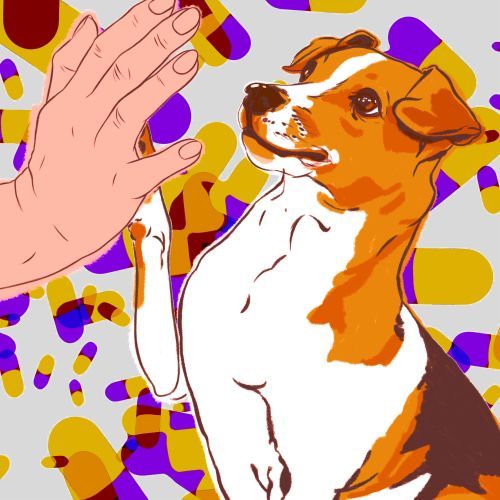Common cancer and anti-aging drugs for humans and dogs
Genetic similarities between humans and dogs, increased funding, and collaboration between oncologists and veterinarians drive the development of joint cancer drugs. It is called comparative oncology – the study of cancer in companion animals, the results of which scientists hope to transfer into the treatment of humans. Not only do dog and human cancers look the same under a microscope, but mutations in the same genes drive their emergence and the way they spread. In addition, dogs are exposed to the same environmental factors as humans: air, microbes and water.
Researchers from the University of Washington and Texas A&M University are testing how dogs’ bodies behave after taking an anti-ageing drug. Research results may help slow down the ageing process in humans. About 44,000 dogs of all breeds from the United States participate in the project. Five hundred of them will receive rapamycin – a drug most often used in cancer and organ transplantation, with proven anti-ageing effects in mice.
How have breeders of racing greyhounds in the USA contributed to the increase in drug resistance of hookworms, super parasites that can infect dogs and people? According to researchers from the University of Georgia, greyhound farms bred hundreds of dogs at a time and treated them regularly with deworming agents in the heyday of dog racing. Constant drug exposure meant the surviving worms had a reproductive advantage and dominated the next generation. In addition, exercise pens for dogs placed on sand or dirt have proven to be ideal habitats for developing hookworm larvae.























